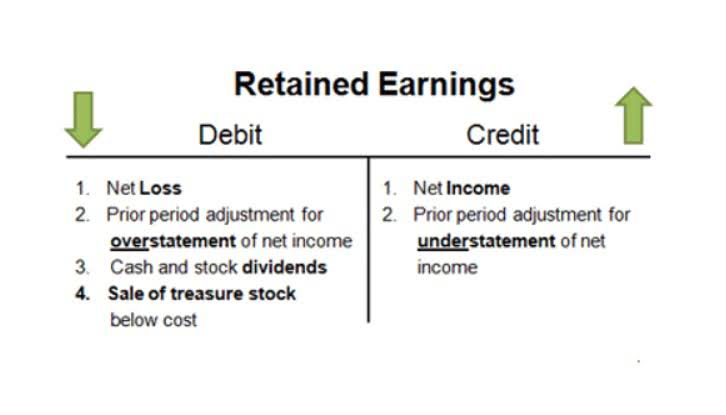
The computation of incremental cost is necessary to assess the changes in expenses related to a production increase. It also takes into account sunk, or non-relevant costs, and excludes those from analysis. Relevant costs (also called incremental costs) are incurred only when a particular activity has been initiated or increased.
Incremental Cost Decisions
- In this instance, the extra expense involved in making 50 more shirts is $400.
- Economies of scale occur when increasing production leads to lower costs since the costs are spread out over a larger number of goods being produced.
- To increase production by one more unit, it may be required to incur capital expenditure, such as plant, machinery, and fixtures and fittings.
- Because the sunk costs are present regardless of any opportunity or related decision, they are not included in incremental analysis.
Understanding incremental costs becomes critical for businesses looking to increase their productivity and overall profitability. The use of incremental analysis can help businesses identify the potential financial outcomes of one business action or opportunity compared to another. With that information, management can make better-informed decisions that can affect profitability. The distribution of fixed costs to total costs decreases proportionately with the number of units produced, so extra care must be taken. Incremental Cost captures all pertinent costs impacted by the choice to increase production beyond a simple analysis of changes in variable costs. This holistic viewpoint is especially important for companies deciding on production levels strategically.
What Is the Benefit of Incremental Analysis?

On the other hand, when incremental expenses exceed incremental revenues and a loss is incurred, an unprofitable situation results. For example, if a company already knows how much it costs to produce a standard quantity, say 100 units. It https://www.bookstime.com/articles/what-is-product-cost becomes necessary to figure out the incremental cost when considering adding an extra 10 units. To increase production by one more unit, it may be required to incur capital expenditure, such as plant, machinery, and fixtures and fittings.
Incremental cost Vs. Incremental Revenue

If incremental cost leads to an increase in product cost per unit, a company may choose to raise product price to maintain its return on investment (ROI) and to increase profit. Conversely, if incremental cost leads to a decrease in product cost per unit, a company can choose to reduce product price and increase profit by selling more units. Incremental cost is the additional cost incurred by a company if it produces one extra unit of output. The additional cost comprises relevant costs that only change in line with the decision to produce extra units. Businesses can make well-informed decisions about production levels, pricing policies, and resource allocation by focusing on the shift in total costs related to producing an additional unit. Incremental costs are relevant in making short-term decisions or choosing between two alternatives, such as whether to accept a special order.
- However, the $50 of allocated fixed overhead costs are a sunk cost and are already spent.
- As a third example, the sale of a subsidiary includes the legal costs of the sale.
- Incremental revenue is compared to baseline revenue to determine a company’s return on investment.
- The calculation of incremental cost shows a change in costs as production expands.
If a reduced price is established for a special order, then it’s critical that the revenue received from the special order at least covers the incremental costs. The long-run incremental cost for lithium, nickel, cobalt, and graphite as critical raw materials for making electric vehicles are a good example. If the long-run predicted cost of the raw materials is expected to rise, then electric vehicle prices will likely be higher in the future. The attempt to calculate and accurately predict such costs assist a company in making future investment decisions that can increase revenue and reduce costs. Incremental revenue is compared to baseline revenue to determine a company’s return on investment. The two calculations for incremental revenue and incremental cost are thus essential to determine the company’s profitability when production output is expanded.

An incremental cost is the difference in total costs as the result of a change in some activity. Incremental costs are also referred to as the differential costs and they may be the relevant costs for certain short run decisions involving two alternatives. Costs are determined differently by each organization according to its overhead cost structure.
Benefits of Incremental Cost Analysis
- It also takes into account sunk, or non-relevant costs, and excludes those from analysis.
- Incremental costs are usually lower than a unit average cost to produce incremental costs.
- Incremental cost is the additional cost incurred by a company if it produces one extra unit of output.
- It is calculated to assist in sales promotion and product pricing decisions and deciding on alternative production methods.
- Incremental cost determines the change in costs if a manufacturer decides to expand production.
- Examining the additional costs related to the production process, including raw materials relevant to producing one additional unit, helps determine the incremental cost.
Analyzing production volumes and the incremental costs can help companies achieve economies of scale to optimize production. Economies of scale occur when increasing production leads to lower costs since the costs are spread out over a larger number of goods being incremental costs are the additional costs from selecting a certain course of action. produced. The fixed costs don’t usually change when incremental costs are added, meaning the cost of the equipment doesn’t fluctuate with production volumes. Marginal cost is the change in total cost as a result of producing one additional unit of output.
How Does Understanding Incremental Costs Help Companies?
What Do Incremental Costs Include?


